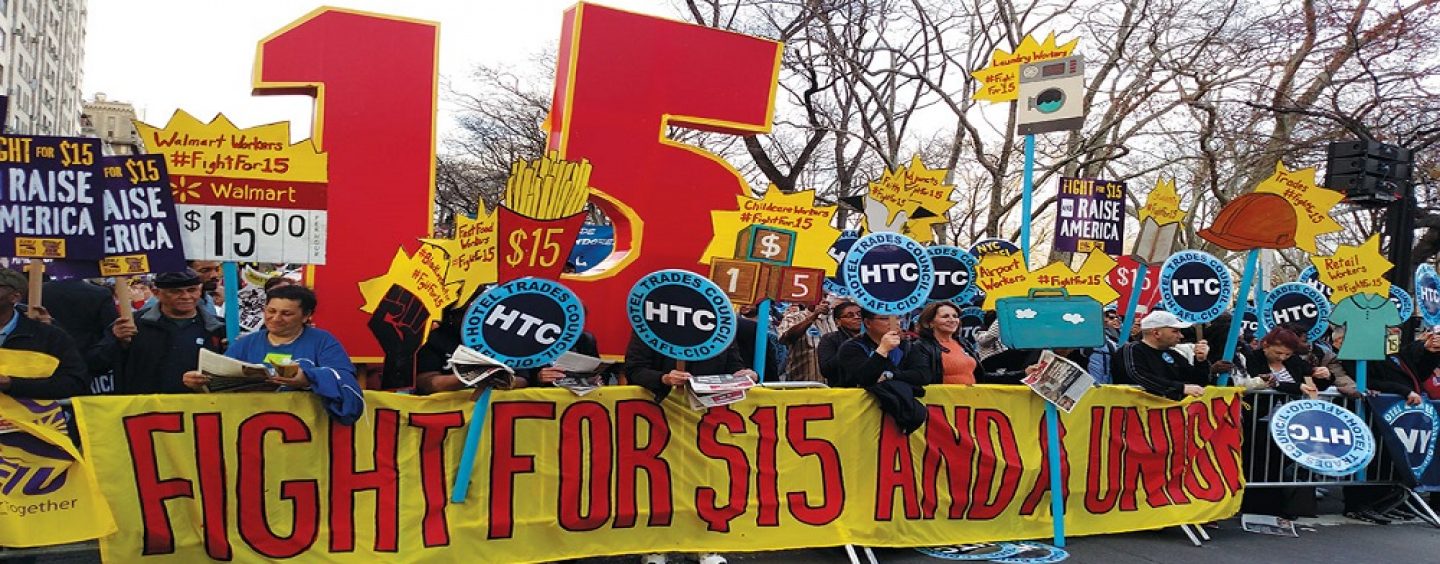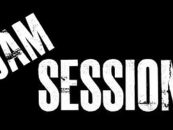
Minimum Wage! Why Raising It To $15 An Hour Is A Huge Mistake! (Live Broadcast)
by Tj Sotomayor March 2, 2021 0 commentsIts Bad For Business!
By: Tommy “Tj” Sotomayor
What Are the Pros and Cons of Raising the Minimum Wage?
On July 18, 2019, the U.S. House of Representatives passed an amended version of the Raise the Wage Act of 2019, which would gradually increase the federal minimum wage to $15 an hour by 2025. The current federal minimum wage is $7.25 an hour and has not been increased since 2009.
The bill died in the Senate, however, as the Senate Committee on Health, Education, Labor, and Pensions declined to vote on the legislation (or to discuss any increase in the minimum wage, for that matter). As a result, the debate about whether to lift the minimum wage rages on.
With Joe Biden winning the presidential election in November 2020, a federal minimum wage of $15 an hour might be closer, as it is one of his policy agendas. The discussion around the increase in the federal minimum wage brings both pros and cons.
KEY TAKEAWAYS
- Despite efforts to raise the minimum wage, no bill has successfully passed both chambers of Congress.
- Proponents of raising minimum wages argue that changes are needed to help incomes keep pace with increasing costs of living, and a higher minimum wage will lift millions out of poverty.
- Opponents of raising the minimum wage believe that higher wages could have several negative repercussions: leading to inflation, making companies less competitive, and resulting in job losses.
Pros
The primary argument advanced in favor of raising the minimum wage is that higher earnings would improve the overall standard of living for minimum wage workers by providing them with a more appropriate income level to handle the cost of living increases.
A 2019 Congressional Budget Office (CBO) report projected a significant improvement in the standard of living for at least 17 million people, assuming a minimum hourly wage of $15 by 2025, including an estimated 1.3 million people being elevated above the poverty line.
While some proponents of raising the minimum wage estimate that a much larger number of individuals and families will move out of poverty if they earned more money, a related potential benefit is a projected reduction in the need for federal and state government expenditures on financial aid for poor and low-income individuals.
Meanwhile, an intangible benefit that could translate into tangible benefits for both companies and employees is improved employee morale resulting from higher wages. Business owners frequently note the challenge of providing sufficient encouragement to spur workers to put maximum effort into their job duties, and that this is particularly problematic with low-wage workers who feel that their job efforts aren’t keeping them out of poverty.
Increasing employee morale could easily translate into more tangible benefits, such as increased employee retention and reduced hiring and training costs. Employees who are more inclined to stay with a company longer could benefit from greater advancement and from an overall reduction in job-related relocation expenses.
A boost to economic growth is another potential advantage of increasing the minimum wage, as consumer spending typically increases along with wages. A higher minimum wage would put more discretionary dollars in the pockets of millions of workers; money that would then flow to retailers and other businesses.
Cons
Among the disadvantages of increasing the minimum wage is the probable consequence of businesses increasing prices, thus fueling inflation.
Opponents argue that raising the minimum wage would likely result in wages and salaries increasing across the board, thereby substantially increasing operating expenses for companies that would then increase the prices of products and services to cover their increased labor costs.
Increased prices mean a general increase in the cost of living that could essentially negate any advantage gained by workers having more dollars in their pockets.
Though the current federal minimum wage in the U.S. is $7.25 per hour, 29 states and D.C. have approved higher minimum wages.1
Another projected problem resulting from an increased minimum wage is that of potential job losses. Many economists and business executives who point out that labor is a major cost of doing business argue that businesses will be forced to cut jobs to maintain profitability.
The 2019 CBO report estimates that raising the minimum wage to $15 an hour by 2025 would result in the loss of approximately 1.3 million jobs. The numbers could be substantially higher if companies made a major move toward outsourcing more jobs to less expensive labor markets outside the country.
One potentially negative impact that is less readily apparent is the possibility that a higher minimum wage would result in increased labor market competition for minimum wage jobs.
The net outcome of an increased minimum wage might be a large number of overqualified workers taking minimum wage positions that would ordinarily go to young or otherwise inexperienced workers. This could impede younger, less experienced entrants to the job market from obtaining work and gaining experience to move their careers forward.
The Bottom Line
Raising the federal minimum wage to $15 an hour is a policy goal for many lawmakers. Increasing the minimum wage is expected to lift individuals out of poverty and improve work ethic, however, it also comes with many possible negative implications, such as inflation and a loss of jobs.







No Comments so far
Jump into a conversationNo Comments Yet!
You can be the one to start a conversation.Only registered users can comment.